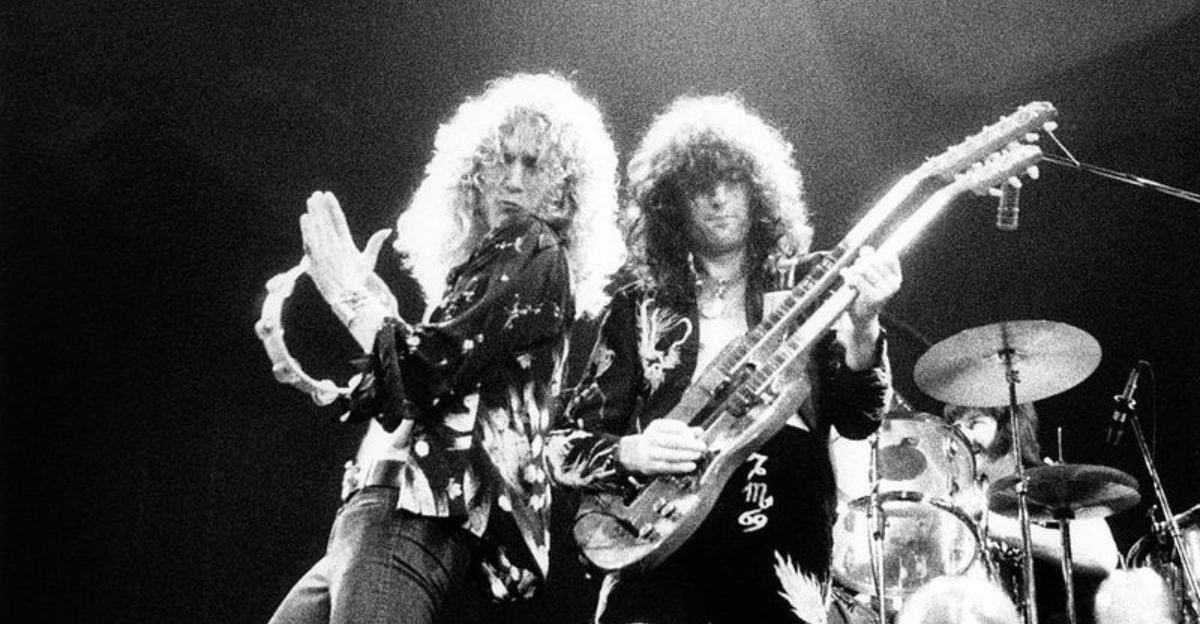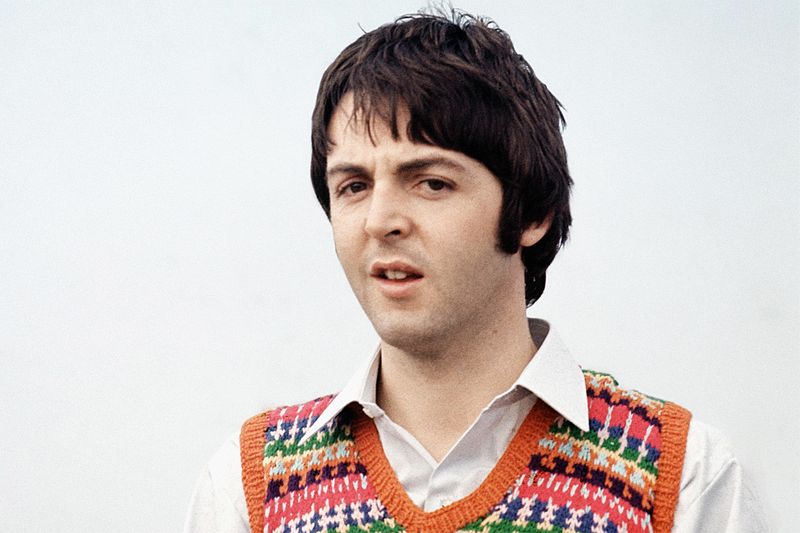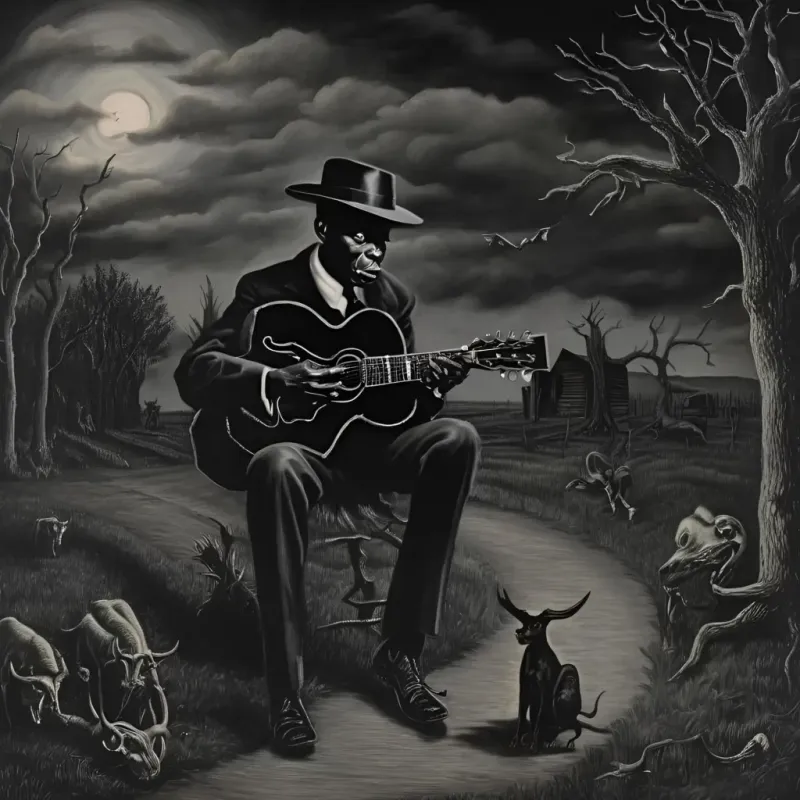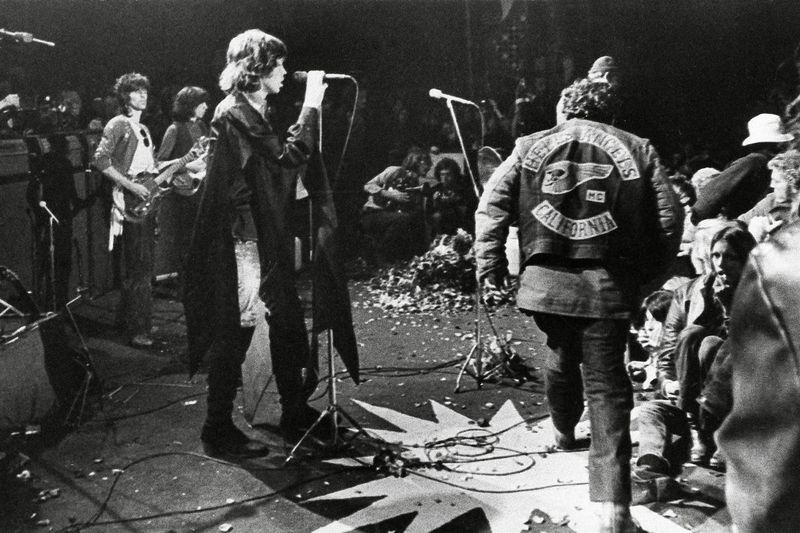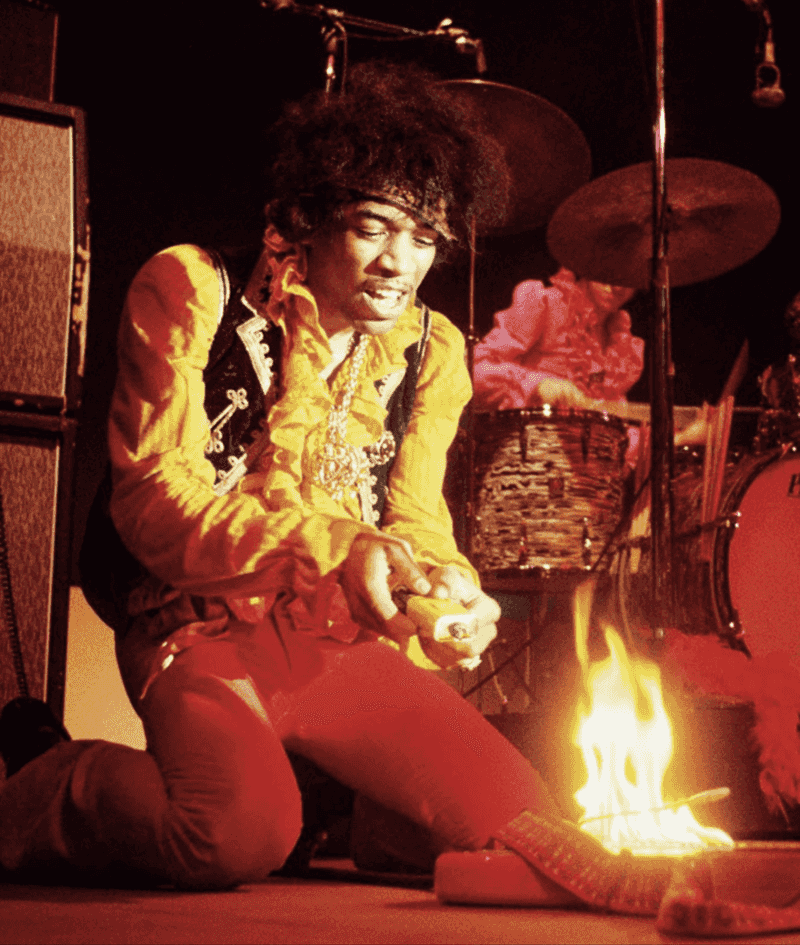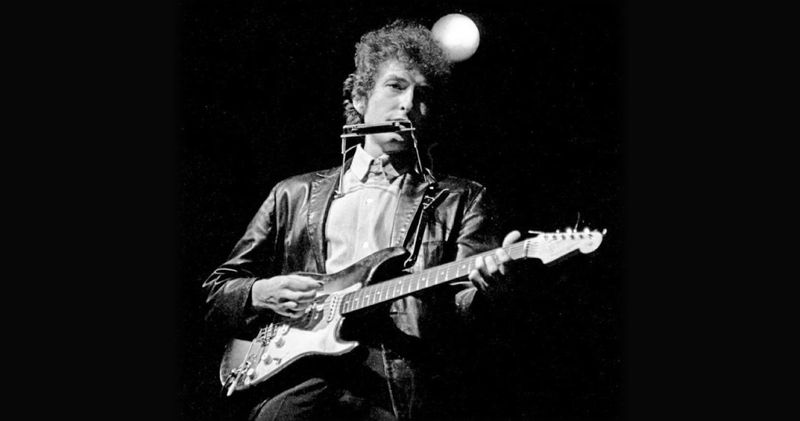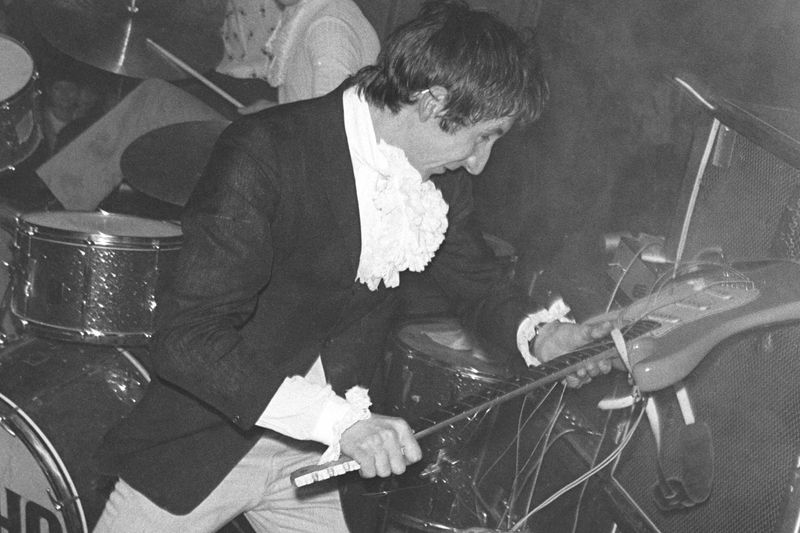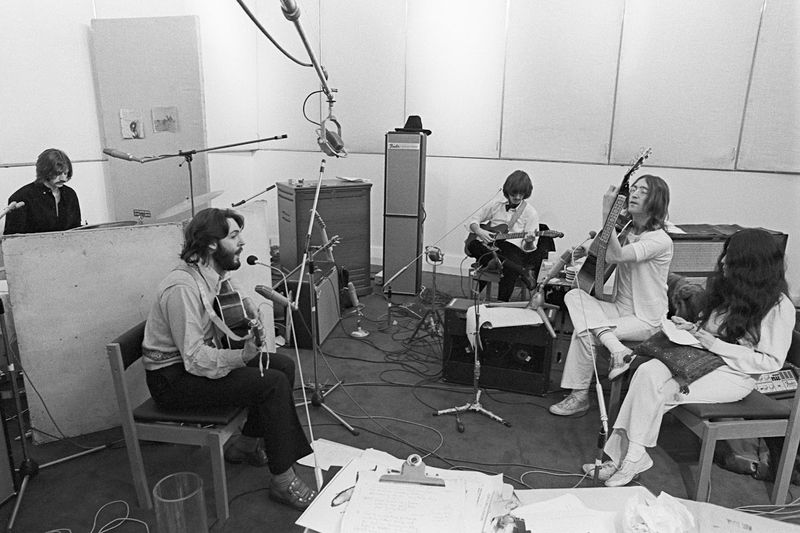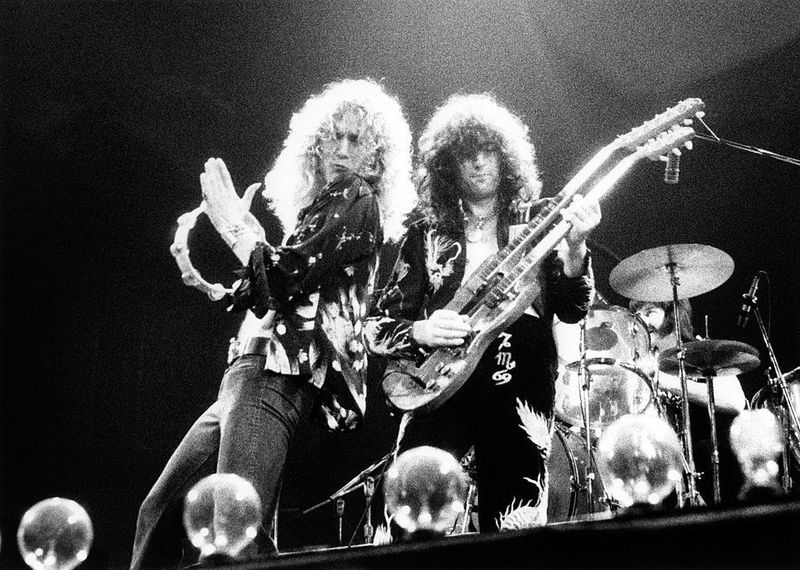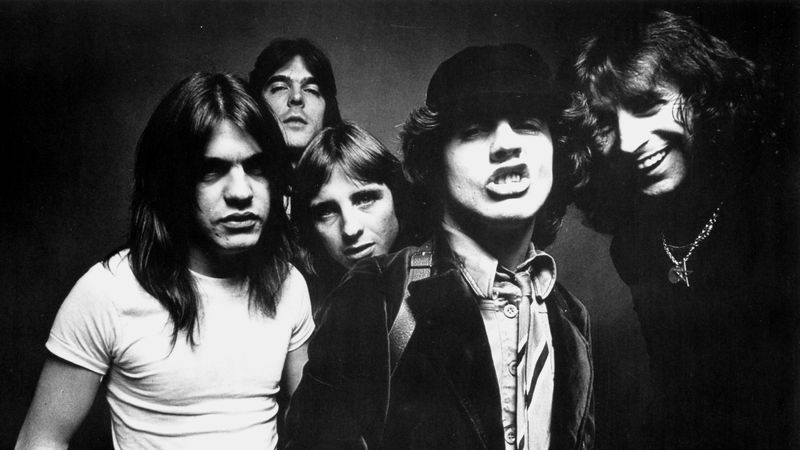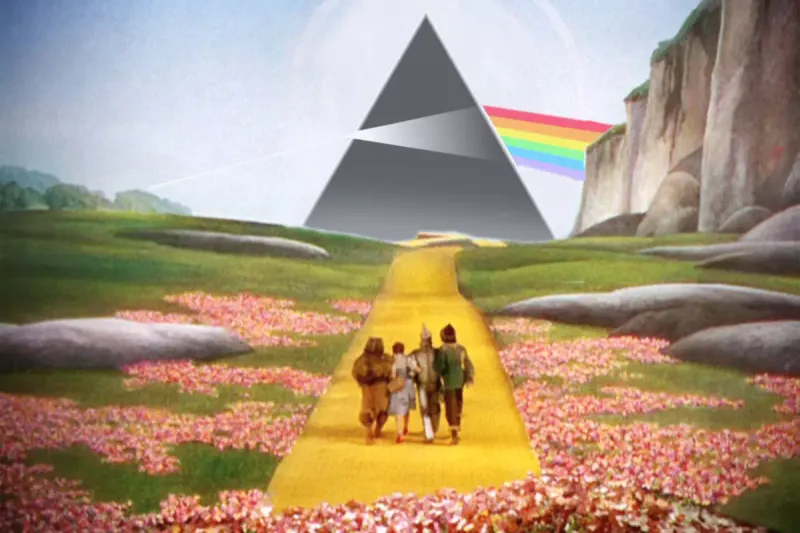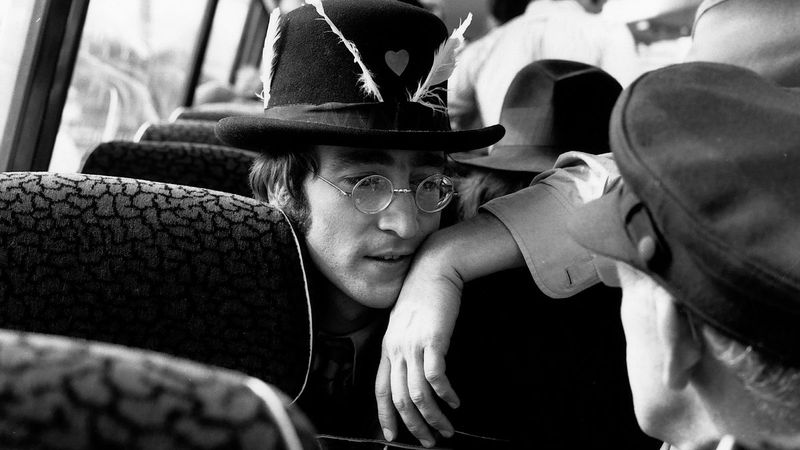Explore the myths surrounding rock icons, revealing the truths hidden behind legendary tales that have been widely accepted but are far from reality.
1. Paul McCartney Died in 1966
Paul McCartney, one of the most iconic figures in music, is surrounded by a peculiar conspiracy. Fans and theorists have long believed that McCartney died in a car crash in 1966 and was replaced by a lookalike. This myth has been fueled by various “clues” planted in album covers and songs by The Beatles. However, the truth is far less dramatic. Paul is alive and well, and the so-called hints were nothing more than a playful prank by the band, adding an enigmatic allure to their music. The legend continues to captivate imaginations.
2. Robert Johnson Sold His Soul to the Devil
The story of Robert Johnson’s supposed pact with the Devil is as enthralling as his music. Legend has it that Johnson met Satan at a crossroads to exchange his soul for unmatched guitar skills. This tale, steeped in mystique, paints him as a supernatural talent. However, Johnson’s prodigious ability was the result of relentless practice and dedication. The crossroads story was likely an exaggerated yarn spun to enhance his enigmatic image. It’s a fascinating myth that underscores the allure of his blues legacy.
3. Elvis Presley Was a Natural Blonde
Elvis Presley, the King of Rock ‘n’ Roll, is often associated with his jet-black hair. The myth that this color was natural only adds to his iconic persona. In reality, Elvis was born with dirty blonde hair and chose to dye it black, enhancing his striking looks and stage presence. This decision was purely aesthetic, creating a signature image that has remained timeless. The transformation into the quintessential rock star was complete, but the truth behind his dyed locks is a reminder of his carefully curated allure.
4. The Rolling Stones’ ‘Sympathy for the Devil’ Caused Altamont
The Rolling Stones’ infamous Altamont Free Concert is shrouded in chaos and tragedy. Many blame their performance of ‘Sympathy for the Devil’ for inciting violence among the Hells Angels, who were hired as security. This myth suggests a direct link between the song and the unrest. In truth, the violence had already erupted before the song began. Poor planning, inadequate security, and rampant drug use were the genuine causes of the mayhem. “Sympathy for the Devil” became a scapegoat for a day marred by disaster.
5. Jimi Hendrix Set His Guitar on Fire at Monterey
Jimi Hendrix’s fiery guitar performance at the Monterey Pop Festival is etched in rock history. The myth suggests it was a spontaneous act of rebellion and artistry. In reality, the burning of his guitar was a calculated move, first done by accident and then repeated for dramatic effect. Hendrix’s intent was to create a visual spectacle that matched his electrifying musical genius. This act of setting his guitar ablaze became synonymous with his unrestrained creativity and showmanship, forever immortalizing his legacy.
6. Keith Richards Got a Blood Transfusion to Stay Young
Keith Richards, the legendary Rolling Stones guitarist, is often associated with tales of immortality. A myth emerged that he underwent a complete blood transfusion to cleanse his body and remain young. This bizarre claim was born from a satirical article in the 1970s. Richards himself has laughed off the story, attributing his resilience to robust genes and a tenacious spirit. His lifestyle may defy conventional wisdom, but the truth is far less medical. Richards’ enduring vitality remains an enigma wrapped in rock ‘n’ roll lore.
7. Lemmy Was Born to Lose
Lemmy Kilmister, the iconic frontman of Motörhead, seemed to embody chaos and rebellion. Known for his hard-living image, the myth suggests he was destined for a life of mayhem. Contrary to this belief, Lemmy was disciplined and dedicated to his craft. He avoided hard drugs, adhered to schedules, and loved playing Scrabble. His lifestyle choices were deliberate and calculated, reflecting a commitment to rock ‘n’ roll without succumbing to its destructive clichés. Lemmy’s story is one of focused defiance rather than lost control.
8. Bob Dylan Went Electric to Sell Out
Bob Dylan’s decision to go electric in 1965 shocked the folk music world. Accusations of selling out for commercial gain plagued the singer-songwriter. However, Dylan’s move was born out of a desire for artistic freedom, not financial motivation. He refused to be constrained by genre limitations, seeking new expressions through electric sound. The infamous “Judas” concert at Manchester Free Trade Hall marked a turning point, yet Dylan remained steadfast in his artistic vision. His electric transformation was about evolution, not betrayal.
9. The Who Invented Smashing Guitars
The Who’s energetic performances often ended with Pete Townshend smashing his guitar, leading many to believe he pioneered this act. While Townshend popularized it, the first accidental occurrence can be traced back to the 1950s. Jackie Brenston’s guitarist unintentionally broke his instrument, creating a precedent. Townshend’s destruction became a theatrical gesture, reflecting the raw energy and rebellion of The Who’s music. The legacy of smashed guitars remains a symbol of rock’s defiant spirit, yet its origin is found in an unplanned mishap.
10. Ozzy Osbourne Bit the Head Off a Live Bat
The infamous incident involving Ozzy Osbourne and a bat is both shocking and misunderstood. During a 1982 concert, Ozzy unknowingly bit the head off a bat, believing it to be rubber. The truth is that the bat was dead, thrown onto the stage by a fan. Osbourne’s shocking act became an urban legend, emphasizing his wild persona. Despite its gruesome nature, the story is more about misunderstanding than intent. The bat incident remains a bizarre chapter in rock history, epitomizing Osbourne’s unpredictable and theatrical nature.
11. Kurt Cobain’s Death Was a Murder
Kurt Cobain’s tragic death in 1994 sparked conspiracy theories suggesting murder, often implicating Courtney Love. Despite thorough investigations confirming suicide, many fans cling to alternative narratives. Cobain’s struggles with mental health and addiction were well-documented, providing context for his tragic end. The conspiracy theories overshadow the reality of a talented artist battling inner demons. While the murder myth persists in popular culture, the truth is rooted in Cobain’s personal turmoil and the pressures of fame. His legacy endures, marked by both brilliance and tragedy.
12. The Beatles Hated Each Other by 1969
The narrative that The Beatles despised one another by 1969 is a widely believed misconception. While tensions existed, they continued to collaborate, creating music that defined an era. Their work on “Abbey Road” showcases moments of camaraderie and creativity. The breakup was more complex than mere animosity, driven by personal growth and evolving interests. Despite differences, they maintained mutual respect and an enduring bond. The Beatles’ story is one of transformation, not hatred, reflecting a journey from shared success to individual expression.
13. Led Zeppelin Stole ‘Stairway to Heaven’
The allegation that Led Zeppelin plagiarized “Stairway to Heaven” from Spirit’s “Taurus” is a persistent myth. The similar chord progressions ignited a legal battle, yet the courts ruled in favor of Led Zeppelin. The progression is common in music, and the band’s influence and innovation are undeniably original. This myth detracts from their creative genius and the song’s cultural impact. Led Zeppelin remains a monumental force in rock, with “Stairway to Heaven” standing as a testament to their artistic legacy, untainted by the plagiarism claims.
14. Janis Joplin Died of a Heroin Overdose
The tragic death of Janis Joplin in 1970 is often attributed to a heroin overdose. While heroin was involved, the reality is more nuanced. Joplin had been clean for weeks, and the fatal incident was the result of a combination of heroin and alcohol. This myth oversimplifies her struggles and ignores her efforts toward recovery. Janis Joplin’s story is one of immense talent and personal battles, reflecting the tumultuous nature of her life and career. Her legacy endures through her powerful voice and enduring influence.
15. AC/DC’s ‘Highway to Hell’ Is About Satanism
The title “Highway to Hell” has led to misconceptions about AC/DC’s supposed endorsement of Satanism. The reality behind the song is far removed from any dark rituals; it captures the grueling and chaotic life on the road during their relentless tours. The band used the metaphor of a highway to convey the exhausting demands and pressures of touring. This myth reflects the broader trend of associating rock music with rebellion. “Highway to Hell” remains a powerful anthem, embodying the wild spirit of rock ‘n’ roll without any sinister overtones.
16. David Bowie’s ‘Ziggy Stardust’ Was a Real Person
David Bowie’s Ziggy Stardust character is legendary, leading to the belief that it was based on a real person. In truth, Ziggy was a creation of Bowie’s imagination, an alter ego that fused elements of science fiction and glam rock. The character allowed Bowie to explore artistic boundaries and redefine performance. This myth speaks to the impact of Bowie’s creativity, blurring the lines between reality and fiction. Ziggy Stardust remains a testament to artistic innovation, showcasing Bowie’s genius in crafting personas that transcend ordinary expectations.
17. The Doors’ Jim Morrison Faked His Death
The rumor that Jim Morrison faked his death and lives incognito is a tantalizing myth. The Doors’ enigmatic frontman’s passing in 1971 invited speculation. French law prevented the exhumation of his body, fueling theories. Multiple witnesses confirmed his death, yet the allure of Morrison’s mysterious persona persists. This myth underscores the fascination with his rebellious spirit and untimely demise. While the idea of Morrison alive in Paris captivates imaginations, the reality is a profound loss of a cultural icon.
18. Pink Floyd’s ‘Dark Side of the Moon’ Syncs with ‘The Wizard of Oz’
The claim that Pink Floyd’s “Dark Side of the Moon” syncs perfectly with “The Wizard of Oz” is an intriguing coincidence. Fans have meticulously aligned the album with the film, noting uncanny correlations. However, the band denies any intentional connection, emphasizing that any harmony is purely accidental. This myth illustrates the creative interpretations fans bring to music, seeking deeper meanings. While the synchronicity adds an extra layer of enjoyment, it remains a delightful accident rather than a deliberate masterpiece.
19. John Lennon’s ‘Lucy in the Sky with Diamonds’ Is About LSD
The lyrical imagery of “Lucy in the Sky with Diamonds” led to assumptions about drug references, specifically LSD. John Lennon attributed the song’s inspiration to his son Julian’s drawing of his classmate, Lucy. The coincidence of the initials spelling LSD fueled speculation, but Lennon consistently refuted these claims. This myth highlights the era’s fascination with psychedelic culture and the search for hidden meanings in art. “Lucy in the Sky with Diamonds” remains a vivid expression of imagination, rooted in innocence rather than illicit substances.
20. Rock ‘n’ Roll Is Dead
The proclamation that rock ‘n’ roll is dead ignores its enduring evolution. While the genre has transformed since its heyday, new bands continue to draw inspiration from the past and innovate. Groups like Greta Van Fleet and The Black Keys illustrate rock’s vitality, proving it thrives through adaptation. This myth arises from nostalgia and changing musical landscapes, yet the spirit of rock perseveres. The genre’s ability to reinvent itself speaks to its resilience, ensuring that rock ‘n’ roll never truly fades away.
